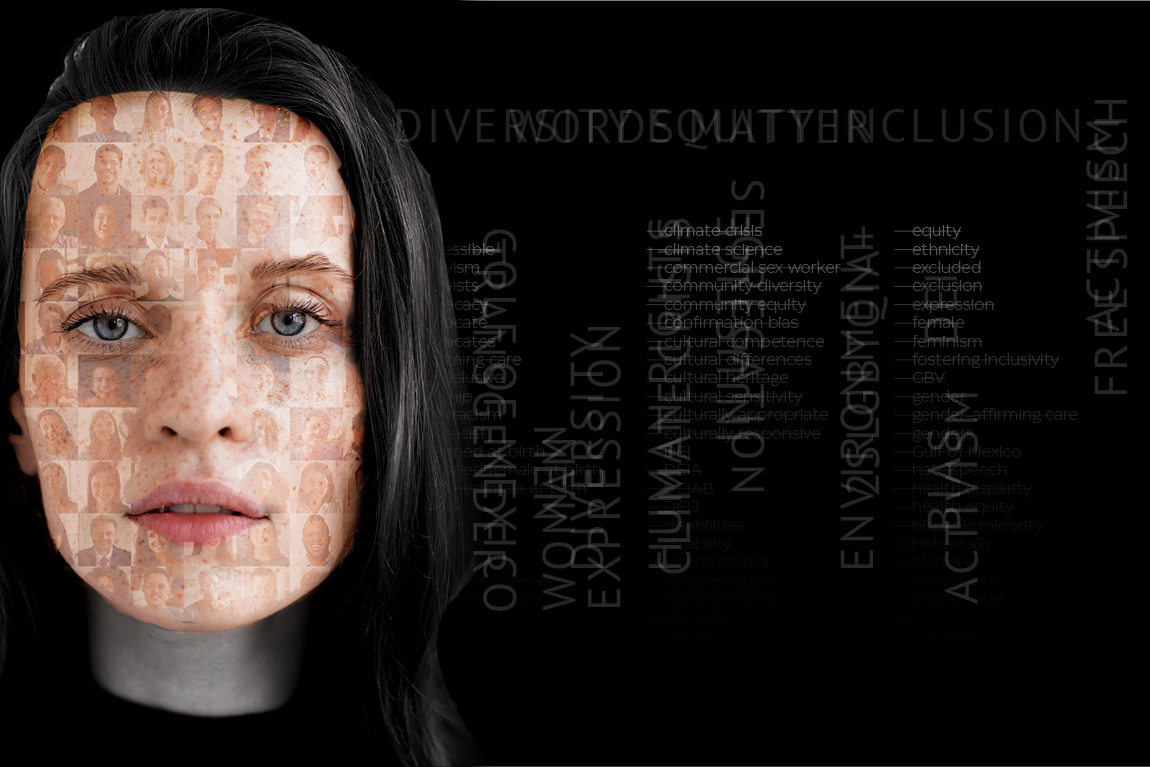By Emma Kaohi | The Broadside (Contact: [email protected])
On average, Bend, Oregon has 158 days of clear sunny skies, but what are you supposed to do the rest of the time?
According to the U.S. National Library of Medicine, during the early fall and through the winter, there is a large rise in numbers of patients with depression. Classified as Seasonal Affective Disorder (SAD), this type of depression is common especially in women and young adults.
Kailyn Bright, a first-year student at Central Oregon Community College, moved to Bend from Eugene, Ore. to get more sun.
“It’s depressing only getting sunshine once in awhile,” Bright explained, “When you’re surrounded by dark, grey clouds constantly, it reflects in your personality.”

Estimated to affect 10 million Americans per year, according to Health Research Funding, SAD is mostly prominent in Northern states. Although Oregon is considered to be in the Northwest region, research done by David Kerr, an assistant professor in the School of Psychological Science at Oregon State University, studied nearly 800 people from Oregon and Iowa. He found that only a small percentage to have been affected by the winter month blues.
“We may not have as much fun, we can feel cooped up and we may be less active in the winter,” Kerr said in an article published by OSU, “But that’s not the same as long-lasting sadness, hopelessness, and problems with appetite and sleep–real signs of clinical depression.”
“I love the winter,” said first-year student James Kennedy, “I get to snowboard, play in the snow. It’s great, it’s my favorite time of the year.”
Even so, national studies, such as one published online in the Journal of Affective Disorders, show 92 percent of Americans are affected in some way by mood and behavior changes during the winter months. Of that 92 percent, 27 percent reported that these effects caused problems.
“It doesn’t affect me too much, but I definitely notice a difference,” second-year student James Alexander explained. “I feel my body change with the season, it’s different. I love to snowboard, but I can feel the biological change.”
This is because, according to Psychology Professor Rebecca Walker Sands, “the basic components that make up serotonin go into the brain, that part of the brain, the pineal gland – which regulates melatonin – its concentrations are 25 percent greater in the night than in the day, so it makes you sleepy and not want to do anything
But, there is an enzyme called anesthetic transferase that stops the transfer of serotonin to melatonin.
We want serotonin levels to go down at night because we want to go to sleep, however anesthetic transferase works in the dark. So, when we wake up in the morning and see bright light, anesthetic transferase shuts off.
But, if you live in a place where there is not a bright light, you do not shut off your anesthetic transferase.”
Fortunately, in Bend, there are more sunny, clear days to enjoy than dark, gloomy ones. However, if you believe you are still being affected by SAD come this upcoming winter season, there are treatments available to help you increase your serotonin levels.
“One of the treatments that work is light therapy. Generally, our indoor lights are 200 to 500 lux, a measurement of illumination, but what is supposed to be equivalent of sunlight is 2,500 to 10,000 lux.
So, you can use special lights that give you that lux without the UV, which contributes to cancer, by sitting under them and letting your serotonin levels recharge.”
In addition to light therapy, and when prescribed by a medical professional, treatment by medication is available. ■














